The determining factor for print accuracy is the positioning accuracy of the 3D printer head. In the process of stacking layers on top of each other, a certain texture (layers) of 3D printing is created. The accuracy of the print (i.e. the roughness of the print) is determined by the following factors:
- Precision positioning of the extruder relative to the platform. (If you tell the printer to move from point A to point B at a distance of 10 cm, then the accuracy of hitting point B determines the positioning accuracy.)
- Accuracy of table positioning relative to the camera. (Similarly with the first paragraph, only in height)
- Repeatability. (How accurately the preliminary layer will differ from the next. This determines not only the positioning accuracy of the printer head, but also the accuracy of the material feeding. If you print a part that is elongated vertically, that is, all layers are the same shape, then the “sameness” of the layers is repeatability.
- Associated factors. (speed, runout, shrinkage and other factors described in instructions In chapter "3D printing precision".
If you have correctly set up your 3D printer, correctly picked up a profile for printing, then all the above points should give the maximum quality. However, what? In general, this is a logical and correct question. What is the quality of a 3D printer using FDM technology? Namely, what is the maximum deviation and what is the surface roughness.
We conducted our own experiment to determine the roughness of a part printed on a 3D printer. Experiment files can be downloaded here to register:... The experiment is carried out on a Picaso Pro 3 250D printer. Tensile samples printed in 3 modes were used as products.

These modes were used to print both lying and standing images. So that the break then occurs both along the laying of the threads, and across.

The results of the experiment are presented at the bottom of the page.
However, before the results, let's make, in my opinion, a very important digression. Your results will be comparable to ours only if QUALITY 3D printing is provided. Let's try to explain what we mean by quality when we talk about 3D printing, using the example of one of the orders. Part of this order was printed in our office, and part was outsourced by our partners.
What is quality in 3D printing.
Sometimes there are situations when, due to the heavy workload, we have to place orders for 3D printing with our partners. We really don't like it! Why? Yes, because printing on a 3D printer is also a technological process, the same as milling or turning. This process, as well as others, has its own accuracy and quality of execution! In the photo you can see our part on the right and the part that came from partners on the left. As you can see the difference is obvious.

Let's take a closer look. Our detail:

Smooth wall, bright color, good adhesion.
Detail from partners:

Snot, color, wall quality is poor.
How to explain it?

The difference is in the little things
The fact is that the basis of 3D printing is the correct preparation of the control program for a 3D printer. Let's highlight a few basic errors that are present in the control program, which was prepared by the partners, taking into account the fact that the material and the XNUMXD printer were the same for them and for us!
- Wrong extruder temperature selected. (It can be seen by the color of the material, it is darker, which indicates a clear burnout)
- The retraction is incorrectly selected. (Seen by the presence of threads and snot)
- The actual width of the extrusion was chosen incorrectly, which, together with the temperature, led to a poor-quality wall and delamination.
As a result, a photo of a high-quality printed product on a serviced 3D printer with correctly selected print parameters:

Sample of a well-printed product
Experiment Results:
T1 30 01 lying on top along ↓

T1 30 01 lying downwards along ↓

T1 30 01 lying from below across ↓

T1 30 01 front along ↓

T1 60 02 standing faces along the sample ↓

T2 30 01 lying lateral ↓

T2 30 01 lying faces smooth part ↓

T2 30 01 lying faces rough part along ↓

T2 30 01 standing persons ↓

T2 30 01 standing break point ↓

T2 45 015 lying lateral ↓

T2 60 02 side standing ↓

T2 60 02 lying lateral ↓

T2 60 02 lying faces smooth from above along ↓

T2 60 02 lying faces from below across ↓

Т2 60 02 from above along lying rough part ↓

Т2 60 02 from below along lying down ↓

T2 60 02 standing persons ↓

T2 60 02sv standing lateral ↓

T2 60 02zv standing persons ↓

T3 30 01 top-middle ↓

T3 30 01 top ↓

T3 30 01 bottom ↓

T3 45 015 bottom ↓

T3 45 015 ↓

T3 60 02 top ↓

T3 60 02 bottom 3 ↓

T3 60 02 bottom ↓


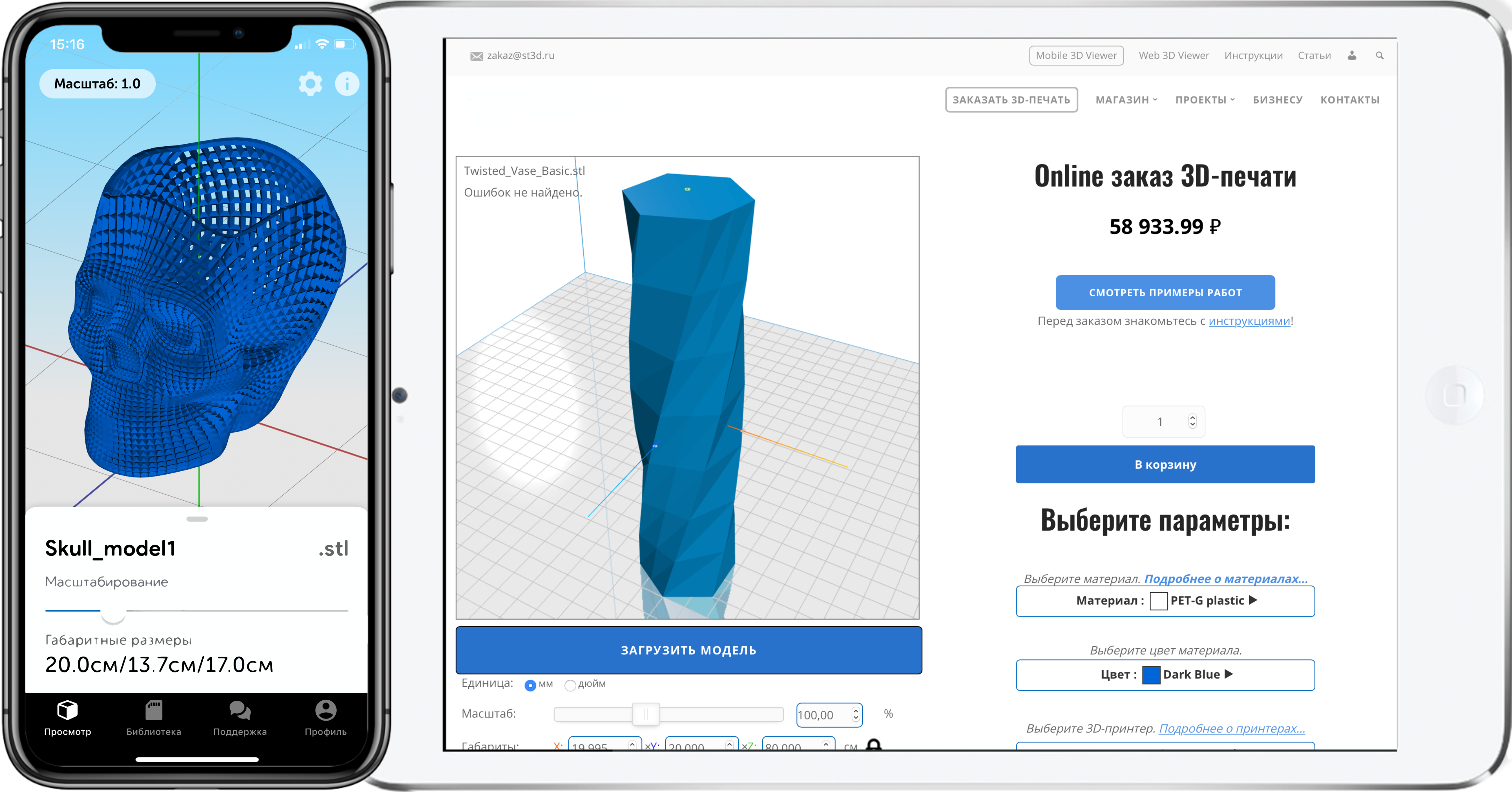



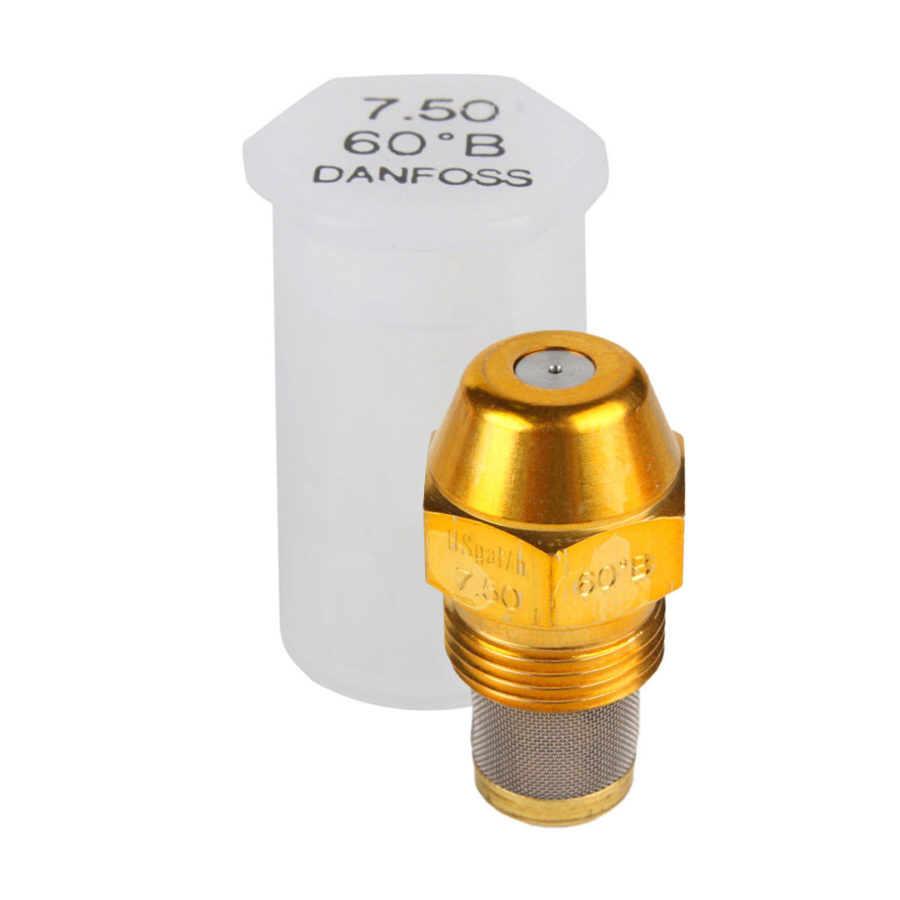
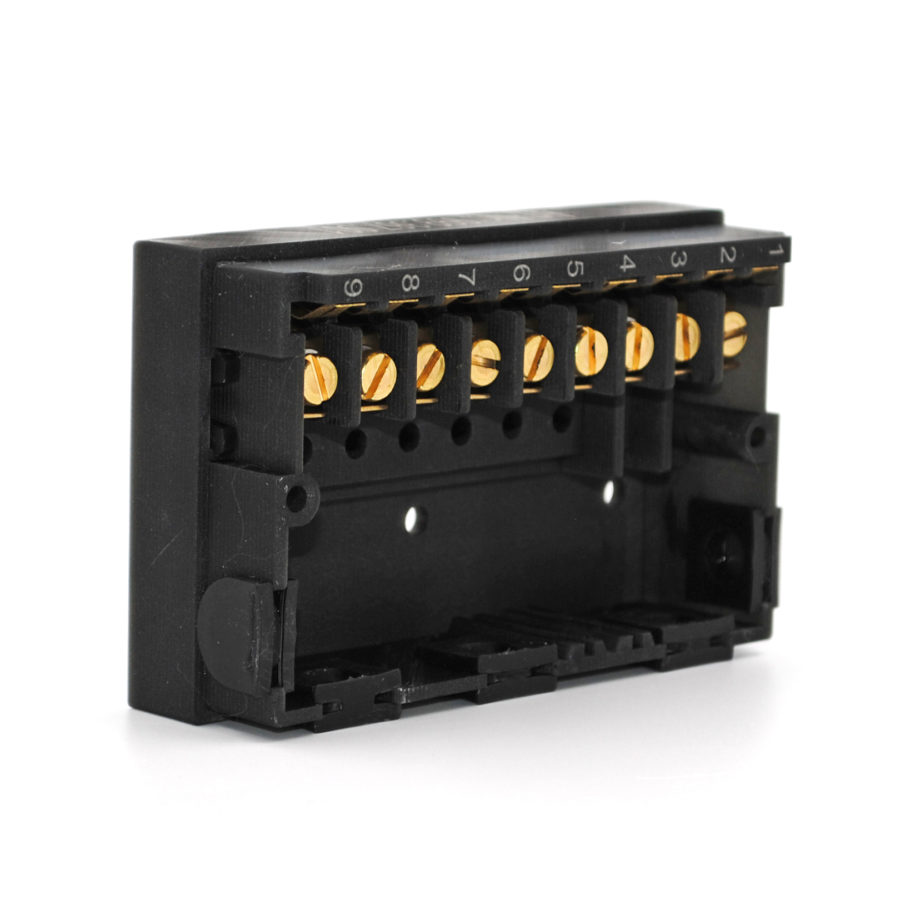
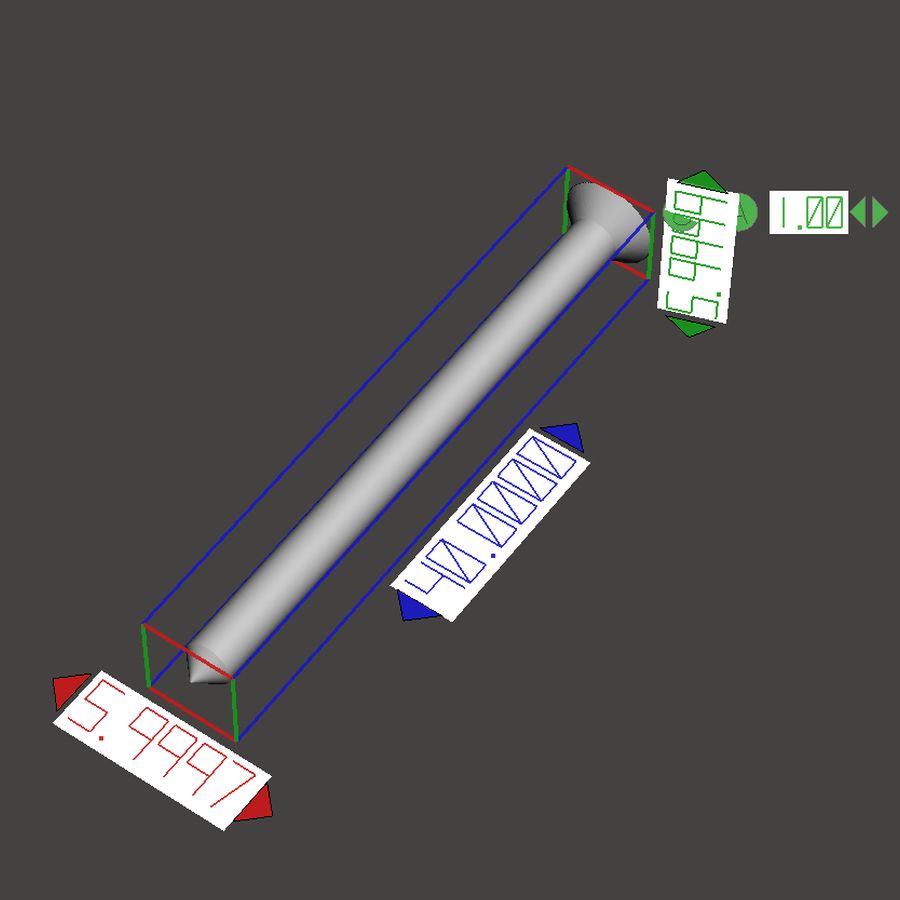
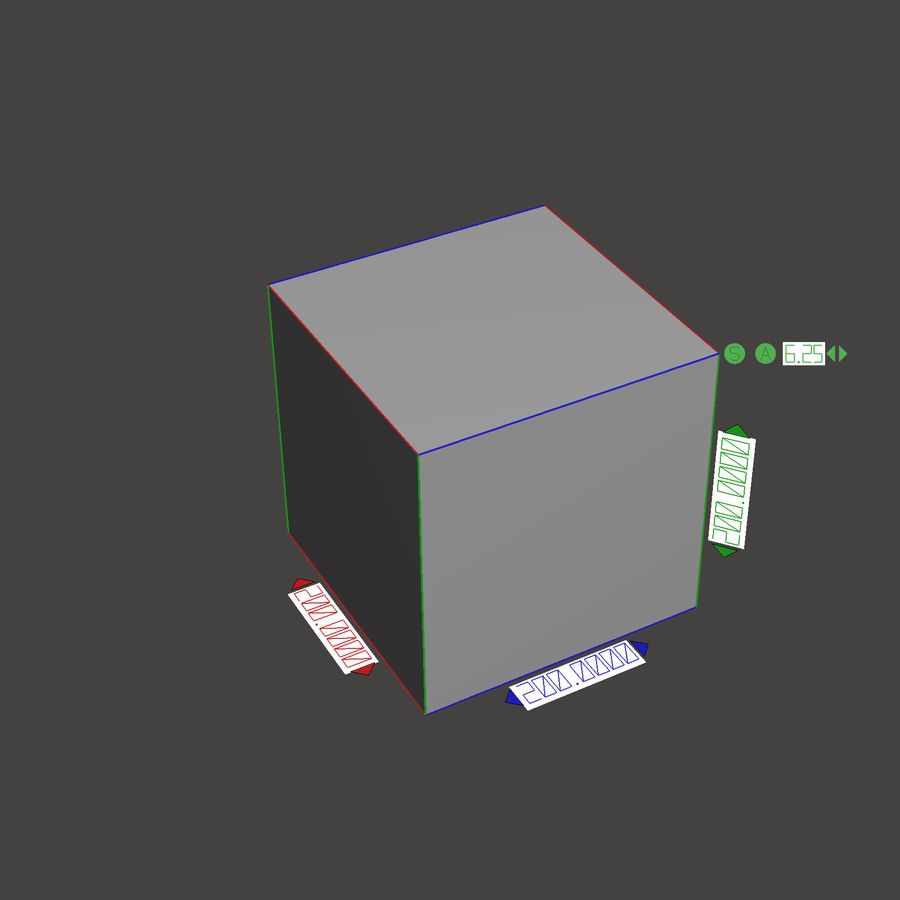
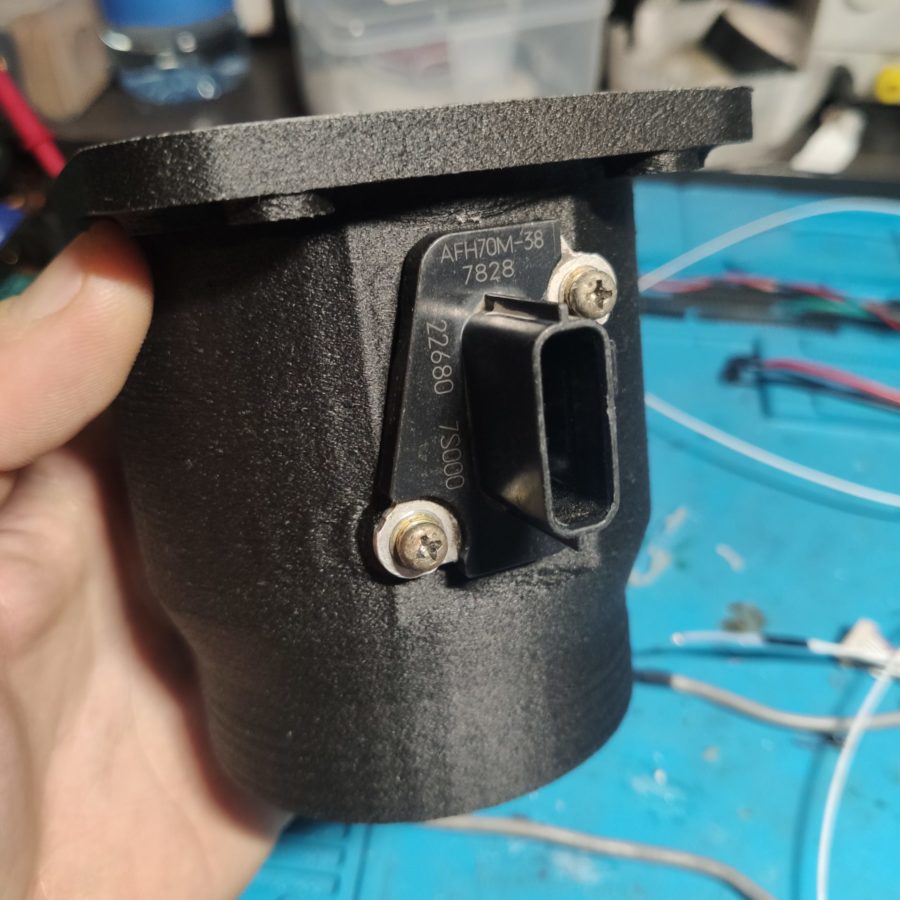
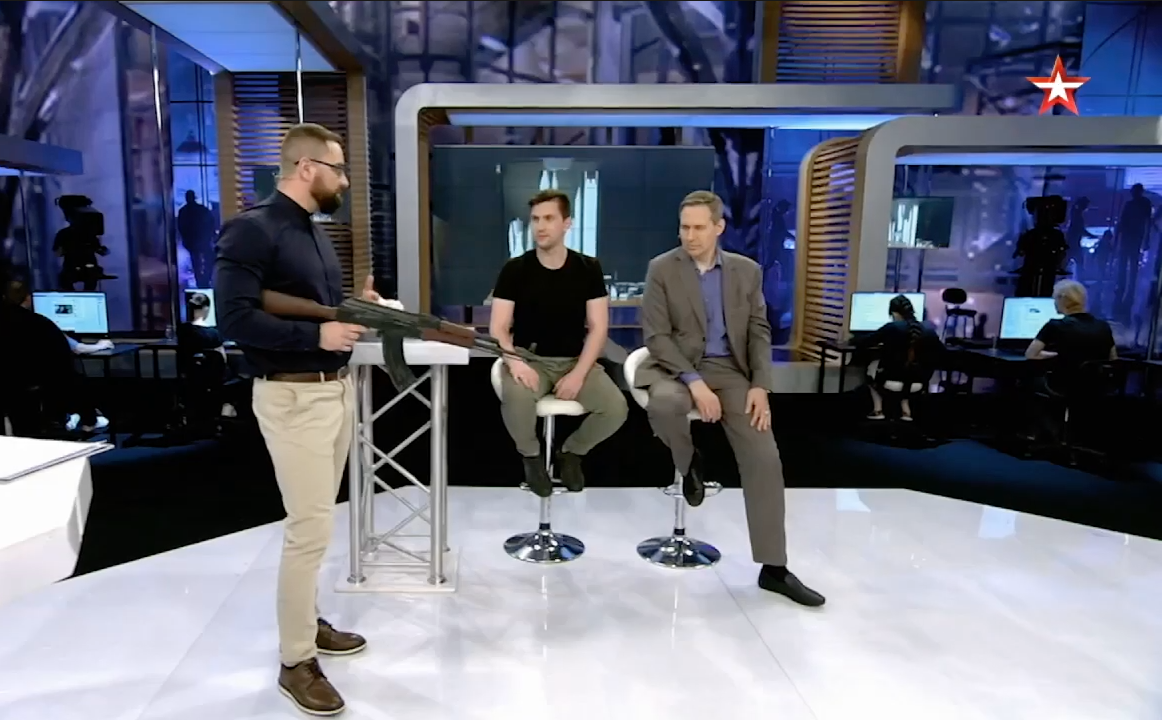
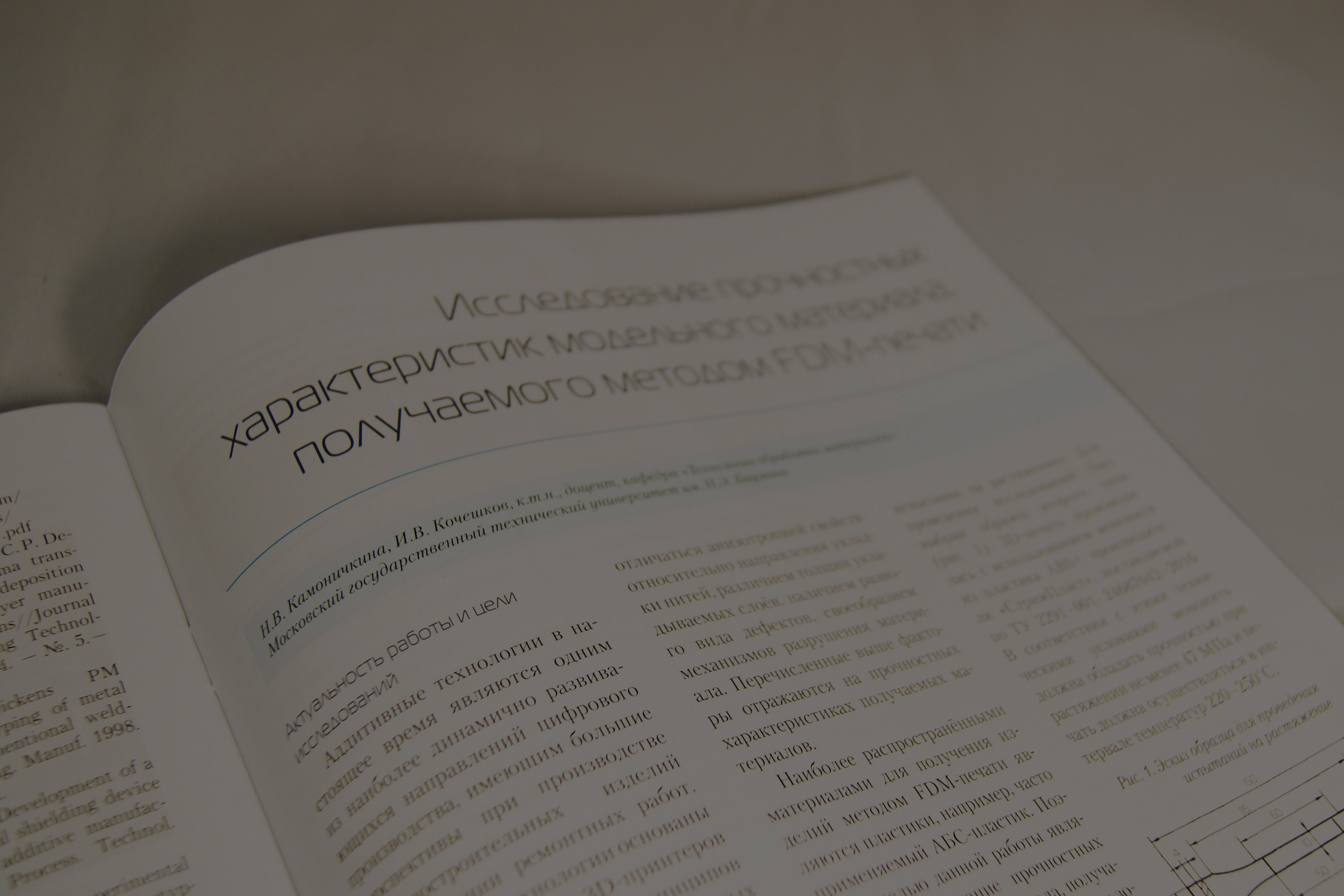
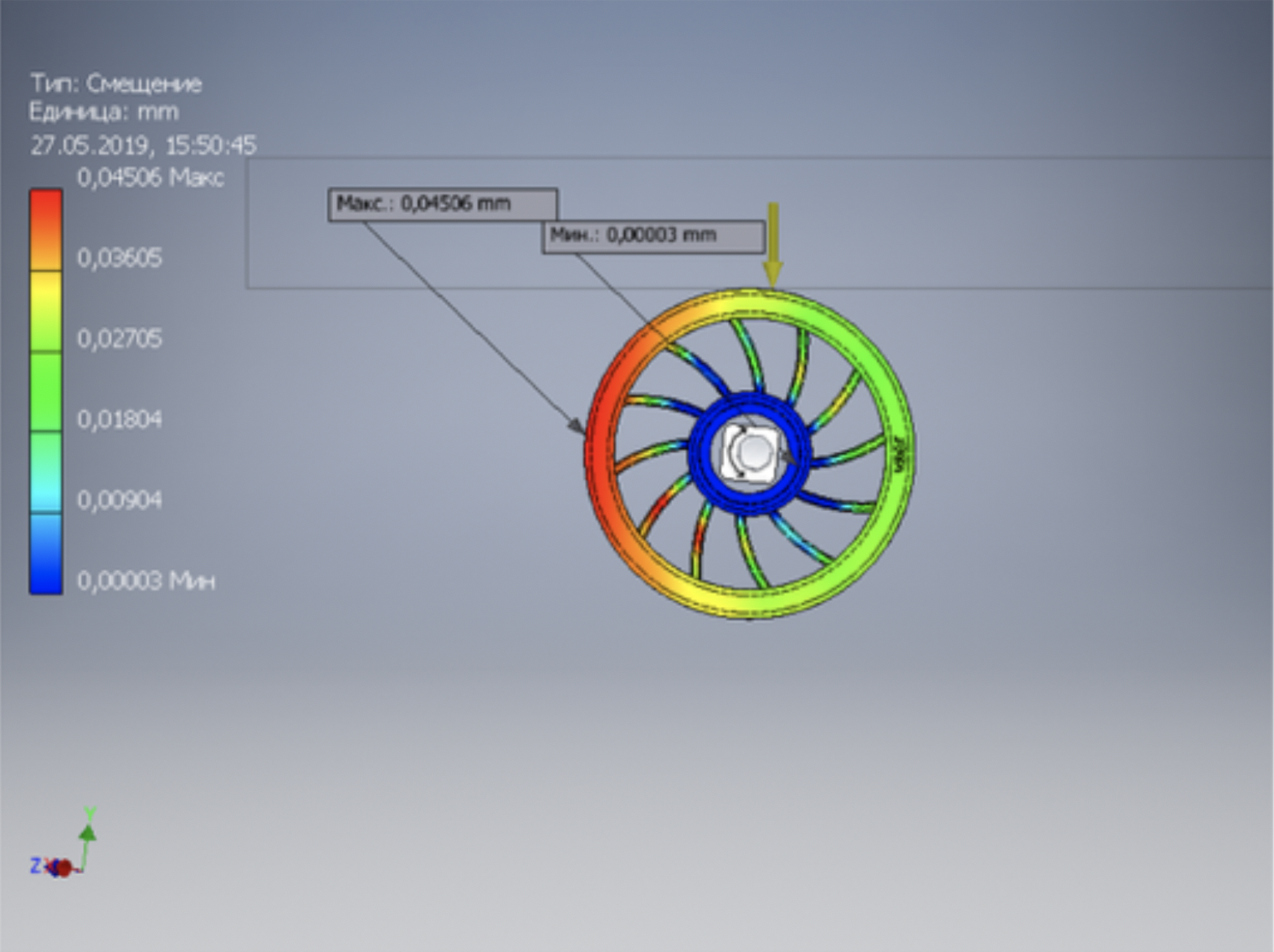


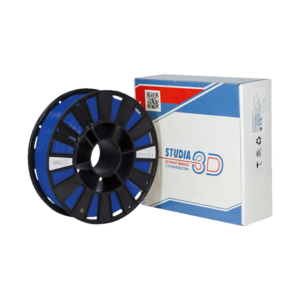
Author: Studia3D aggregator
More articles from Studia3D aggregator